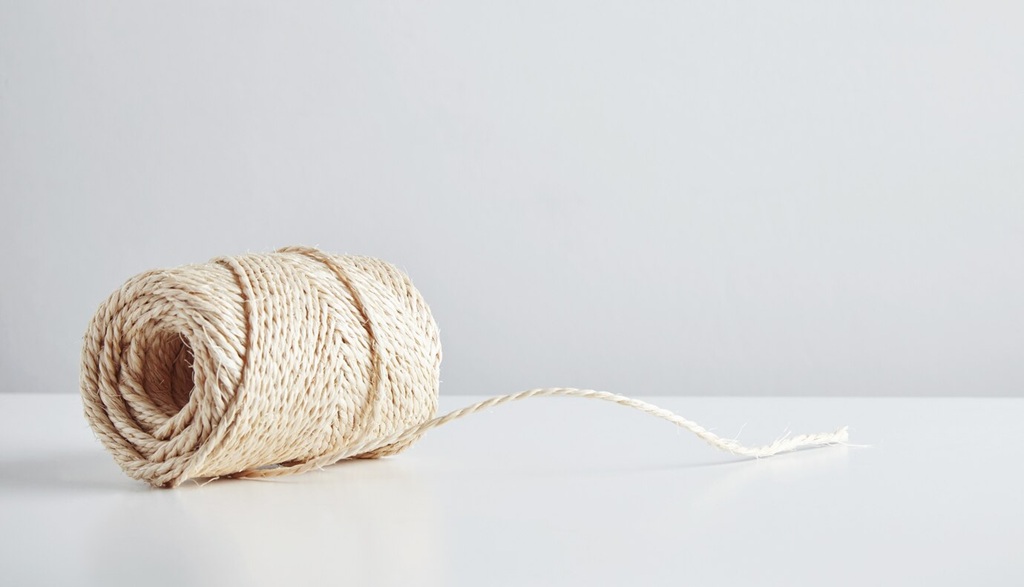
Is Sisal Rope Non-Toxic? Unveiling the Natural Fiber’s Versatility
Have you ever wondered about the natural, rustic rope you see in cat trees, DIY projects, and even landscaping? Chances are, it’s sisal rope. Is sisal rope non-toxic? This is a common question, especially for pet owners and eco-conscious individuals. Let’s dive deep into the world of sisal rope, exploring its origins, uses, and safety profile.
Contents at a Glance
ToggleWhat Exactly is Sisal Rope?
Sisal rope is a natural fiber rope derived from the
Agave sisalana plant, a species of agave native to southern Mexico. The leaves of this plant yield a strong, durable fiber that is spun into yarn and then twisted into rope. This process results in a rope that is both robust and biodegradable, making it a popular choice for various applications.
- Natural Origin: Harvested from agave plant leaves.
- Sustainable: Biodegradable and renewable resource.
- Strong and Durable: Capable of withstanding significant tension.
The Benefits of Using Sisal Rope
Sisal rope offers a range of benefits that contribute to its widespread use. These advantages include its strength, natural composition, and versatility.
- High Tensile Strength: Makes it suitable for heavy-duty applications.
- Biodegradability: Breaks down naturally, reducing environmental impact.
- Natural Texture: Provides a rustic, aesthetic appeal.
- Cost-Effective: Often more affordable than synthetic alternatives.
Applications of Sisal Rope: From Cat Trees to Crafts
The versatility of sisal rope makes it a staple in numerous industries and DIY projects.
Cat Trees and Scratching Posts
Sisal rope is a popular choice for cat trees and scratching posts due to its natural texture and durability. Cats love to scratch sisal, helping them maintain their claws and providing essential exercise.
- Provides a satisfying scratching surface.
- Durable enough to withstand repeated use.
- Natural and safe for cats.
DIY and Craft Projects
Sisal rope’s rustic charm makes it ideal for various craft projects, including macramé, rope baskets, and decorative accents. It adds a natural, earthy touch to home décor.
- Easy to work with for crafting.
- Adds a natural, organic look.
- Versatile for various DIY applications.
Landscaping and Gardening
In landscaping, sisal rope is used for securing plants, creating trellises, and adding rustic elements to garden designs. Its biodegradability makes it an eco-friendly choice for outdoor use.
- Securing plants and vines.
- Creating natural-looking garden structures.
- Biodegradable and safe for the environment.
Industrial and Agricultural Uses
Sisal rope is also used in industrial and agricultural settings for tasks such as baling hay, securing cargo, and general tying applications. Its strength and durability make it suitable for demanding tasks.
- Baling hay and straw.
- Securing cargo and packages.
- General-purpose tying and securing.
Related: How Do You Use a Boxing Rope? Mastering the Hodag Rope for Peak Performance
Addressing the Key Question: Is Sisal Rope Non-Toxic?
One of the most common concerns regarding sisal rope is its safety, particularly for pets and children. Is sisal rope non-toxic? Generally, yes. Natural sisal rope is considered non-toxic. However, it’s essential to consider a few factors:
- Natural Processing: Pure sisal rope is derived from natural fibers without harmful chemicals.
- Potential Treatments: Some sisal ropes may be treated with oils or chemicals, so it’s crucial to check the product label for any additives.
- Dust and Fibers: Sisal rope can shed small fibers, which may cause irritation if inhaled or ingested in large quantities.
Safety Tips for Using Sisal Rope
To ensure safe usage, especially around pets and children, follow these guidelines:
- Choose Untreated Sisal: Opt for natural, untreated sisal rope whenever possible.
- Ventilate the Area: When working with sisal rope, ensure adequate ventilation to minimize dust inhalation.
- Supervise Pets: Monitor pets around sisal rope, especially if they tend to chew or ingest fibers.
- Clean Regularly: Regularly clean sisal rope products, such as cat trees, to remove loose fibers.
Related: Does Hemp Cord Break Easily? Exploring the Safety and Strength of Hemp Rope
Comparing Sisal Rope to Other Natural Fibers
Sisal rope is often compared to other natural fibers like jute and hemp. Here’s a quick comparison:
| Fiber | Strength | Durability | Texture | Uses |
| Sisal | High | High | Coarse | Cat trees, crafts, landscaping |
| Jute | Medium | Medium | Soft | Bags, mats, wrapping |
| Hemp | Very High | Very High | Coarse | Ropes, textiles, industrial uses |
Choosing the Right Sisal Rope for Your Needs
When selecting sisal rope, consider the following factors:
- Diameter: Choose the appropriate diameter based on the intended use.
- Treatment: Opt for untreated sisal for pet and child-friendly applications.
- Quality: Select high-quality sisal rope for durability and longevity.
- Length: Purchase the required length to avoid waste.
Related: Swaying into Serenity: Choosing the Perfect Rope for Your Porch Swing
Conclusion: Embracing the Natural Versatility of Sisal Rope
Sisal rope is a remarkable natural fiber that offers a blend of strength, durability, and versatility. Its natural composition makes it a safe and eco-friendly choice for various applications. When considering is sisal rope non-toxic, you can be assured that natural sisal is generally safe. By following safety precautions and choosing high-quality sisal rope, you can confidently incorporate this versatile material into your projects.
Ready to explore the versatility of sisal rope? Start your next DIY project, create a safe and engaging cat tree, or add a rustic touch to your garden. Explore the endless possibilities and experience the natural charm of sisal rope today!






